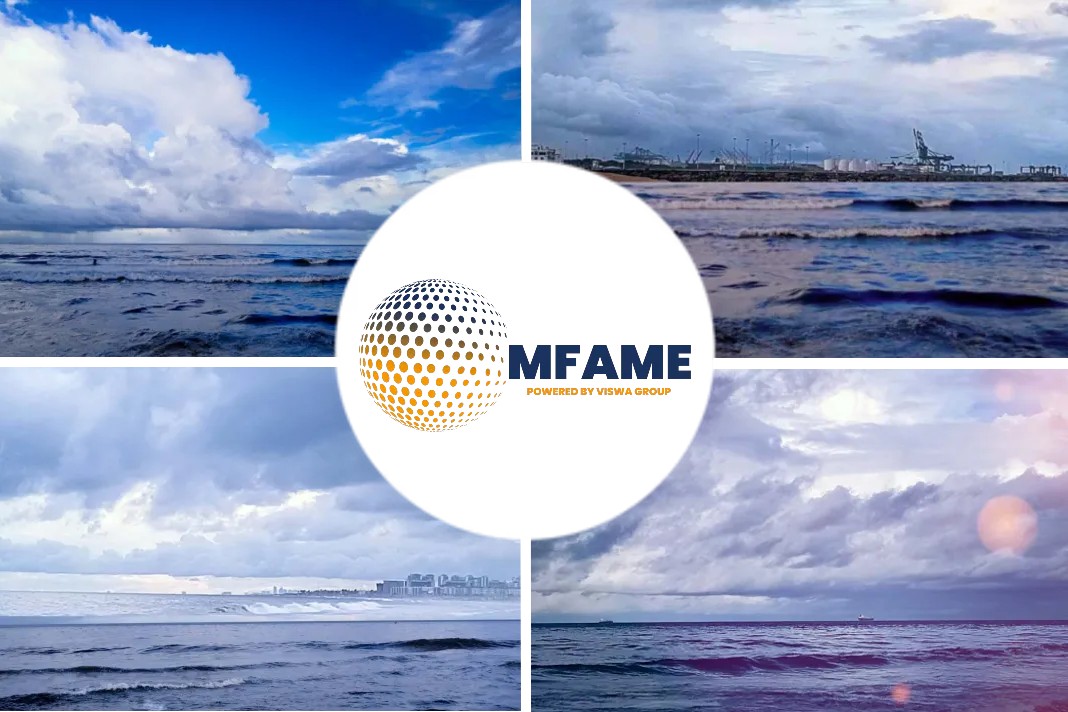
In a pioneering initiative, Lithuania harnessed the power of drones to safeguard its coastal environment and ensure compliance with maritime regulations in the bustling Klaipėda port and the Baltic Sea.The portofklaipeda source.
- Lithuania’s drone mission, in cooperation with EMSA and national institutions, monitored ship emissions and environmental compliance in the Klaipėda port and Baltic Sea for over three months.
- The project aims to enhance the port’s environmental sustainability and green initiatives, led by the Klaipėda State Seaport Directorate.
- High-tech drones equipped with various sensors and cameras efficiently detected violations, contributing to more effective environmental enforcement in the region.
Mission Overview
In an extensive drone mission spanning over three months, Lithuania’s Baltic Sea coastline and the Klaipėda port waters were closely monitored for environmental protection, with a focus on examining 140 ships for the quality of their exhaust gases. The mission was made possible through the European Maritime Safety Agency (EMSA) and led by national institutions, including the Environmental Protection Department, the Klaipėda State Seaport Directorate, and the Fisheries Service.
A Green Port Vision
Algis Latakas, the director general of the Klaipėda State Seaport Directorate, emphasized the project’s significance in assessing ship emissions and environmental impacts. The drone’s observations will guide decisions on how to enhance environmental sustainability in the port. Their goal is to make the port as eco-friendly as possible, aligning with the concept of a “green port.”
Droning on for Environmental Compliance
The unmanned aircraft flew five days a week, diligently monitoring the Klaipėda port and Baltic Sea waters. It meticulously studied the exhaust gases of each ship entering the harbor, using its sensors to gauge the sulfur content in the ship’s fuel. Notably, out of 140 ships inspected, seven exceeded sulfur content limits, with two cases found not to be violations, while the remaining five were reported after departing the port.
Technology at the Helm
These high-tech drones were equipped with various tools, including sensors for sulfur content, range finders, GPS coordinates, and both regular and infrared cameras to detect oil spills day and night. The live drone footage was relayed to inspectors, allowing for swift responses to potential pollution. Preventive flights also monitored the port for oil product pollution, cargo handling, ship repairs, waste transfers, and ship movements, ensuring comprehensive environmental protection.
Did you subscribe to our daily newsletter?
It’s Free! Click here to Subscribe!
Source-portofklaipeda
















